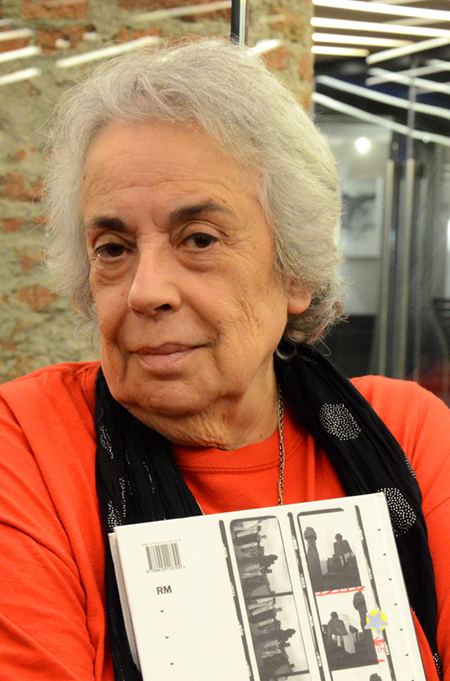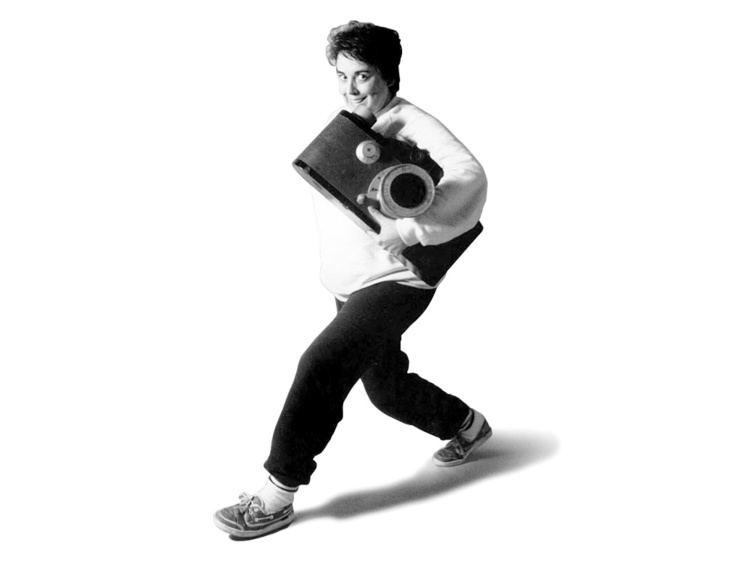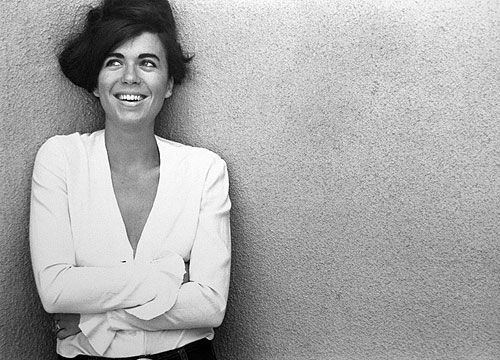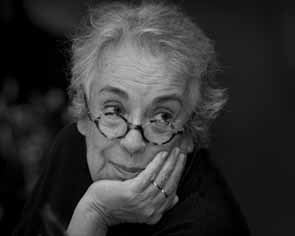Name Colita Colita | Movement Gauche Divine | |
 | ||
Native name Isabel Steva i Hernandez Awards Creu de Sant Jordi (2004) Website www.colitafotografia.com | ||
Mr renzo ft neniita colita official music video 2015
Isabel Steva i Hernández, whose pseudonym is Colita (Barcelona, August 24, 1940), is a Spanish photographer. She trained with Xavier Miserachs i Ribalta and Oriol Maspons i Casades, and began her professional career in 1961 as a lab technician and stylist for Miserachs.
Contents
- Mr renzo ft neniita colita official music video 2015
- Colita porque si
- Biography
- Selected works
- Important exhibitions
- Prizes and accolades
- Colita Collection
- Legacy
- References

Initially, she demonstrated great interest in dance photography—almost always flamenco music—and later she also specialized in portraits and journalistic photography. She has had numerous exhibitions with photographs of Catalan artists and singers from the Nova Cançó era to the present Joan Manuel Serrat, Guillermina Motta or Núria Feliu. She is considered one of the top portrait artists in this genre. She has published many books.

Colita porque si
Biography

Colita is one of the most important Catalan and Spanish photographers of the last quarter of the twentieth century. She began in the world of photography with Oriol Maspons and Xavier Miserachs, for whom she worked as an assistant; in these early years, she was a follower and disciple of Francesc Català Roca and Julio Ubiña. From 1963 to 1975 she focused on creating a series of portraits of Flamenco dancers and singers. Since she is linked with the Catalan cultural movements of the era, she is considered the official photographer of Barcelona's Gauche Divine, a movement of writers, photographers, models, architects, film directors, and many other professionals who began to stand out in that area in their respective fields.

She created a series of projects between 1967 and 1979, at the Escola de Cine [Film School] of Barcelona, with directors such as Cinto Esteva, Vicente Aranda or Jaime Camino, who belonged to a film movement that was born with the idea of creating European, progressive movies in contrast with the official cinematography of the francoist regime. She collaborated in the promotion of the Nova Cançó, making portraits of the singers in the movement, including Joan Manel Serrat.

Colita's work in the press has been published in magazines such as Siglo XX, Destino, Fotogramas, Interviú, Boccaccio, Primera Plana and Mundo Diario.
Throughout her career, Colita has put on more than forty exhibitions and has published some fifty books of photographs. Stylistically, she is closer to the ideas of the Barcelona School, although she is considered an all-purpose photographer. Her work is part of the collections of the Museu Nacional d'Art de Catalunya.
Selected works
Important exhibitions
Prizes and accolades
Colita Collection
Her work from 1962 to 2002 is conserved at the Museu de les Arts Escèniques (Museum of Performing Arts) of Barcelona. It contains 900 negatives and contact sheets, approximately 32,000 photographs of shows, portraits of artists and celebrities related to the performing arts, and related events. Her collection is registered and catalogued in an internal data base and is not accessible via the internet.
A part of her collection is also conserved in the l'Arxiu Nacional de Catalunya (Catalan National Archives). The collection comprises the portraits that Colita has made throughout her career as a professional photographer. It is the result of her collaboration with various magazines, of assignments made by the subjects themselves, or simply, for the friendship she shared with them.
Among the great collection of personalities portrayed, we can highlight, among others, those dedicated to musicians and singers. Some of these portraits came out of special assignments. It's also important to point out the photographs taken, mostly in the seventies, of the members of the Barcelona "Gauche Divine" movement. In addition to the portraits, Colita's collection also contains a series of journalistic photographs covering the social movements of the time. For example, the sit-in at Montserrat, the attack against the Enlace bookstore, the self-mutilations of the COPEL (Spanish inmates group), Catalonia's National Day of September 11, 1978, the ceremony and acts arounds Franco's death in Madrid, the burial of the President of the Generalitat de Catalunya, Josep Tarrardellas, and various events of the Socialist Party of Catalonia that took place during the eighties.
Another part of her personal collection is conserved in the Arxiu Fotogràfic de Barcelona (Barcelona Photography Archive). This part of her collection includes Colita's photography from the sixties to the nineties. It contains black and white negatives that represent the Nova Cançó musical movement, color photographs that portray community festivals throughout Catalonia, cultural personalities and celebrities and the evolution of architecture in the city of Barcelona. One of the highlights in this material is a good deal of Colita's photographic production on the world of flamenco.
Finally, a collection of 6,987 photographs that correspond to movies, actors, film shootings, and studio portraits is conserved in the Filmoteca de Catalunya (Catalonia Film Archive), including images from shooting Dante no es unicamente severo (Jacinto Esteva, 1968), Los Tarantos (Francesc Rovira-Beleta, 1963), and Tatuaje (Bigas Luna, 1976). A selection of these images is available in the Filmoteca de Catalunya's digital archive.
Legacy
In a popular referendum in Palafrugell in March, 2010, Colita was chosen as a woman who deserves to have a street named after her.
